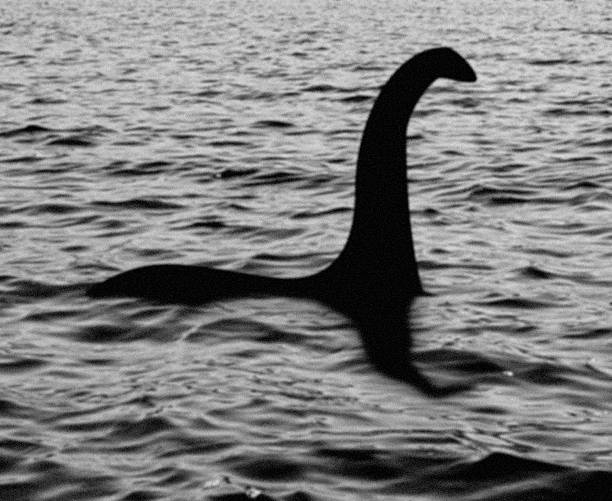
Loch Ness Monster sighting!! The water is from one of my other images. Added noise and blur to make it look like the famous old hoax picture.
The Loch Ness Monster, a legendary creature said to inhabit Scotland’s Loch Ness, has been a topic of fascination and debate for centuries. While many claim to have seen the creature, often described as a long, serpentine being with a neck like a swan, others have dismissed the sightings as hoaxes or misidentifications of natural phenomena. In recent years, sonar readings have emerged as a potential tool for proving the existence of the Loch Ness Monster. But do these readings really provide conclusive evidence of the creature’s existence?
To understand the role of sonar readings in the search for the Loch Ness Monster, it’s essential to know how sonar technology works. Sonar, short for Sound Navigation and Ranging, uses sound waves to detect and locate objects underwater. By emitting a sound wave and measuring the time it takes for the wave to bounce back, sonar devices can create detailed images of the underwater environment, including any objects or creatures that may be present.
In the context of the Loch Ness Monster, sonar readings have been used to scan the depths of Loch Ness, hoping to detect any unusual objects or creatures that might be lurking beneath the surface. Several sonar expeditions have been conducted over the years, using a variety of equipment and techniques to search for signs of the monster.
One of the most notable sonar expeditions was conducted in 2019 by a team of researchers from New Zealand, who used a state-of-the-art sonar system to scan the loch. The team reported detecting a large, unexplained object in the water, which they described as being about 25 feet long and having a distinctive, serpentine shape. While the finding was intriguing, it was not conclusive, and many experts pointed out that the object could have been a natural feature or a man-made object, such as a sunken boat.
Other sonar expeditions have reported similar findings, including a 2013 survey that detected a large, mysterious object in the loch’s depths. However, these findings have been met with skepticism by many experts, who argue that sonar readings are not foolproof and can be influenced by a variety of factors, including the loch’s unique geology and the presence of other objects or creatures.
So, do sonar readings prove the existence of the Loch Ness Monster? The answer is no, at least not conclusively. While sonar technology can provide valuable insights into the underwater environment, it is only one tool among many that can be used to search for evidence of the creature. Moreover, sonar readings are subject to interpretation, and the presence of an unexplained object or creature does not necessarily mean that it is the Loch Ness Monster.
In fact, many experts believe that the Loch Ness Monster is likely a legend or a hoax, and that the sonar readings can be explained by natural phenomena or misidentifications of known objects or creatures. For example, the loch is home to a variety of fish and other aquatic animals, including sturgeons and otters, which could potentially be mistaken for a monster.
In conclusion, while sonar readings have provided some intriguing glimpses into the underwater world of Loch Ness, they do not prove the existence of the Loch Ness Monster. The search for evidence of the creature continues, with many researchers using a combination of sonar, underwater cameras, and other technologies to scan the loch and gather data. Ultimately, it may take a combination of these approaches, along with a healthy dose of skepticism and rigorous scientific inquiry, to determine whether the Loch Ness Monster is fact or fiction.
